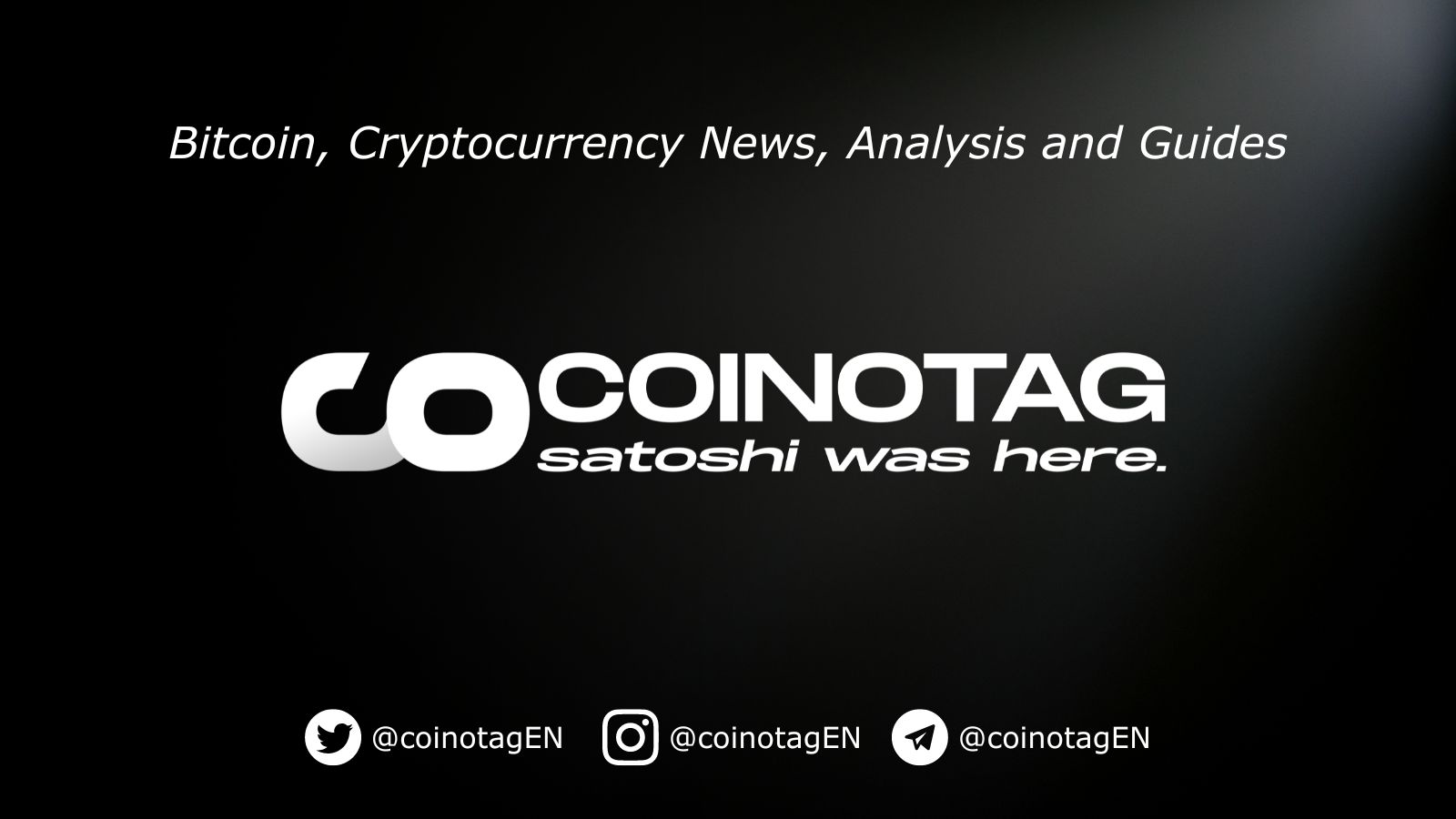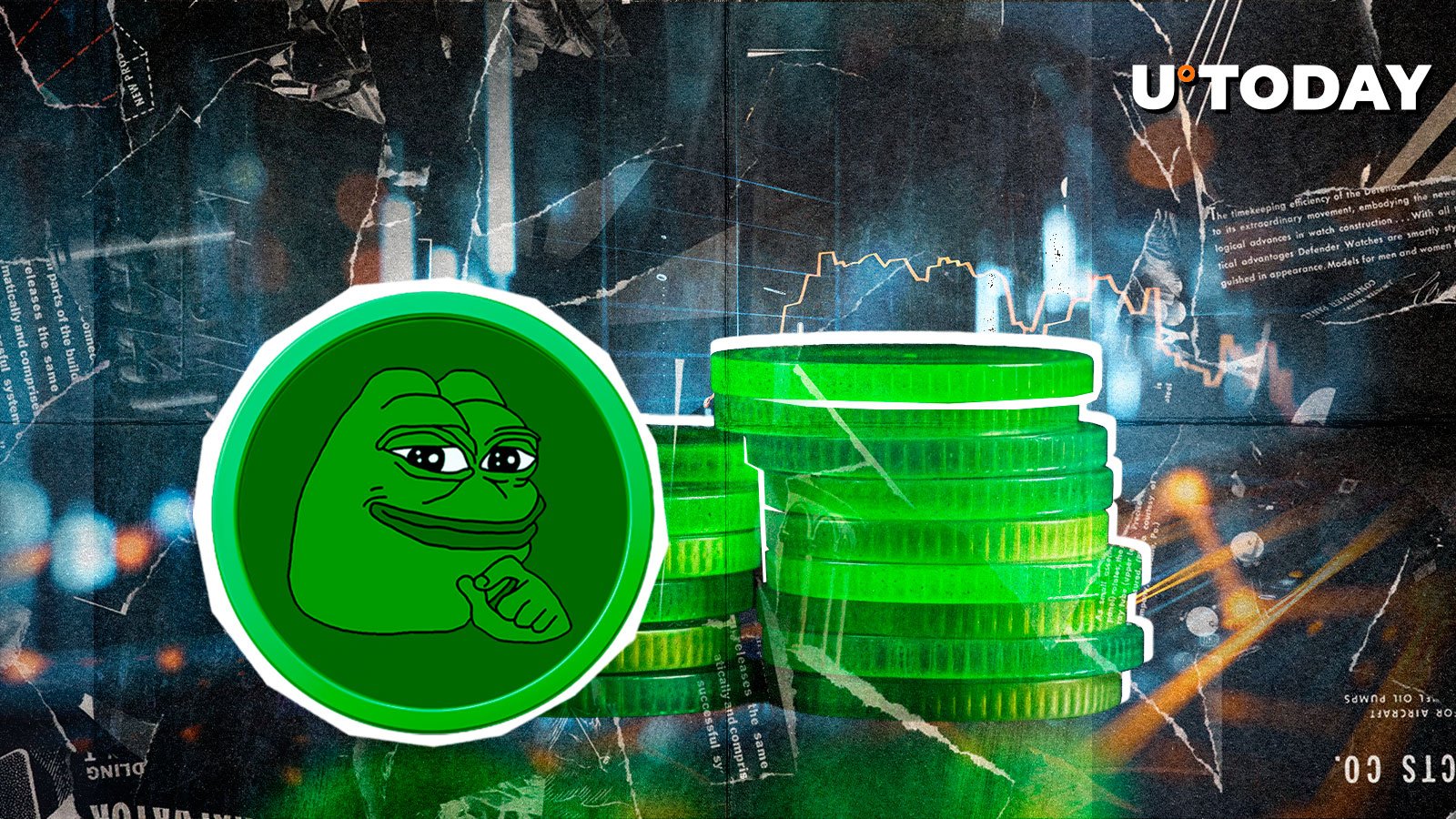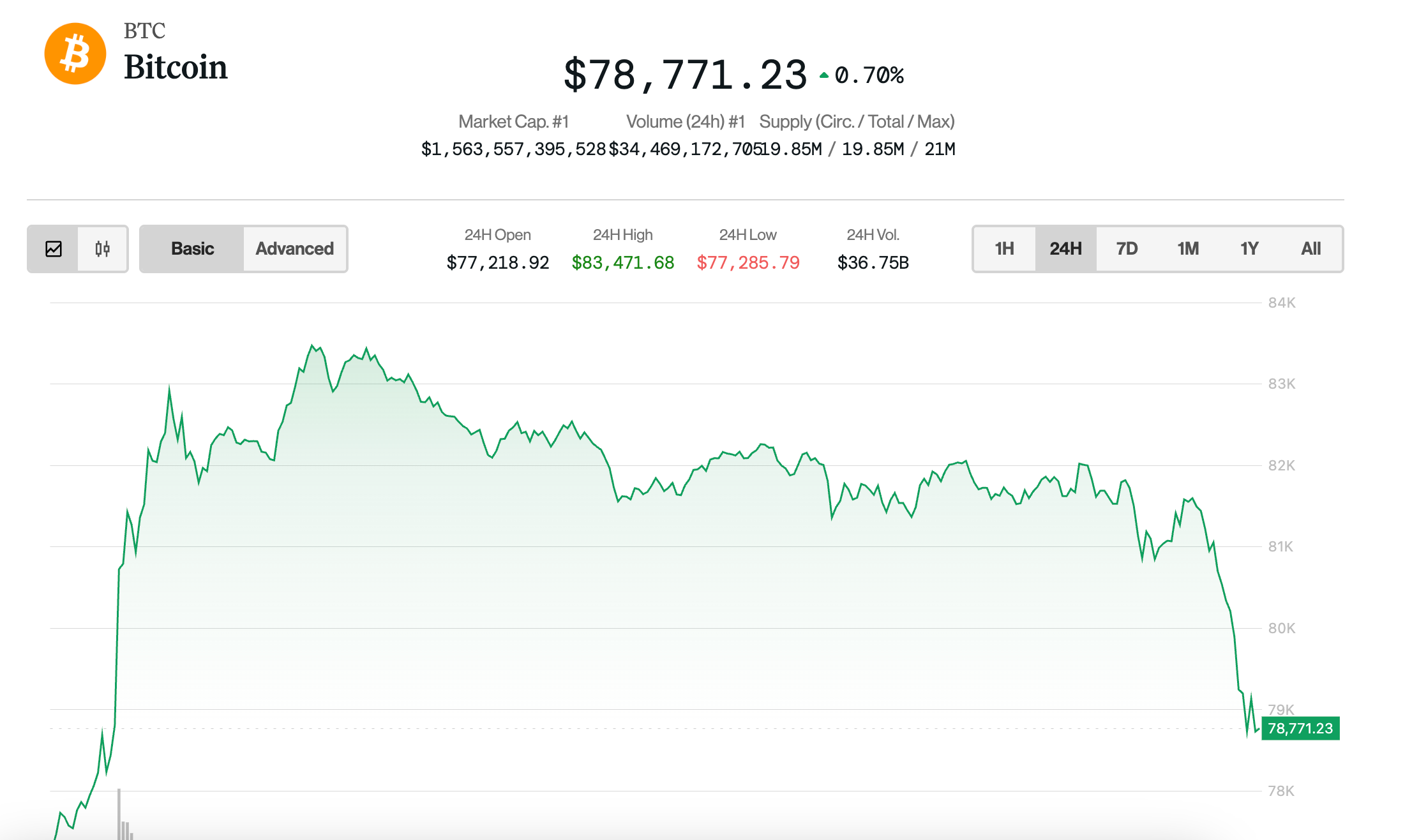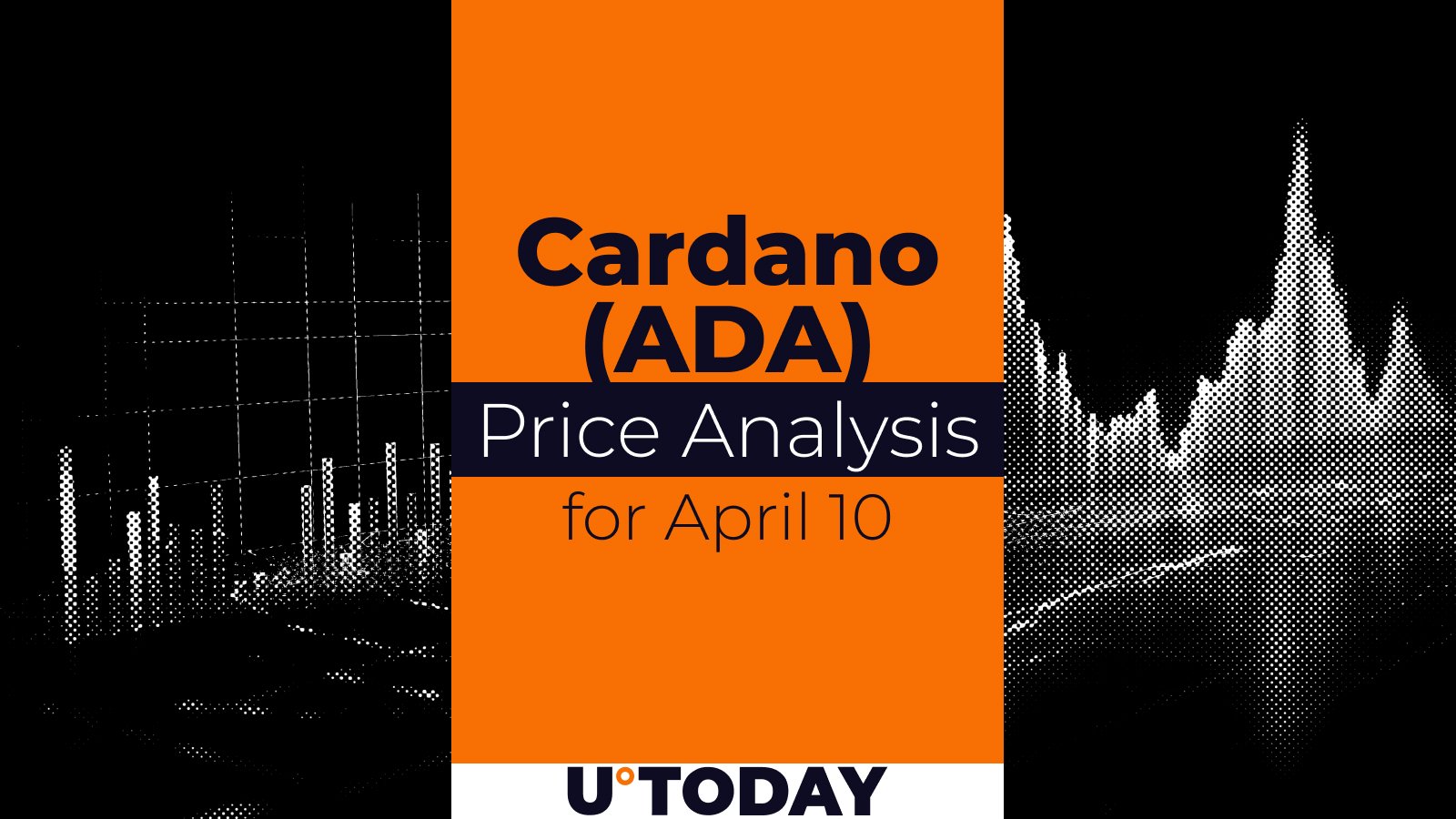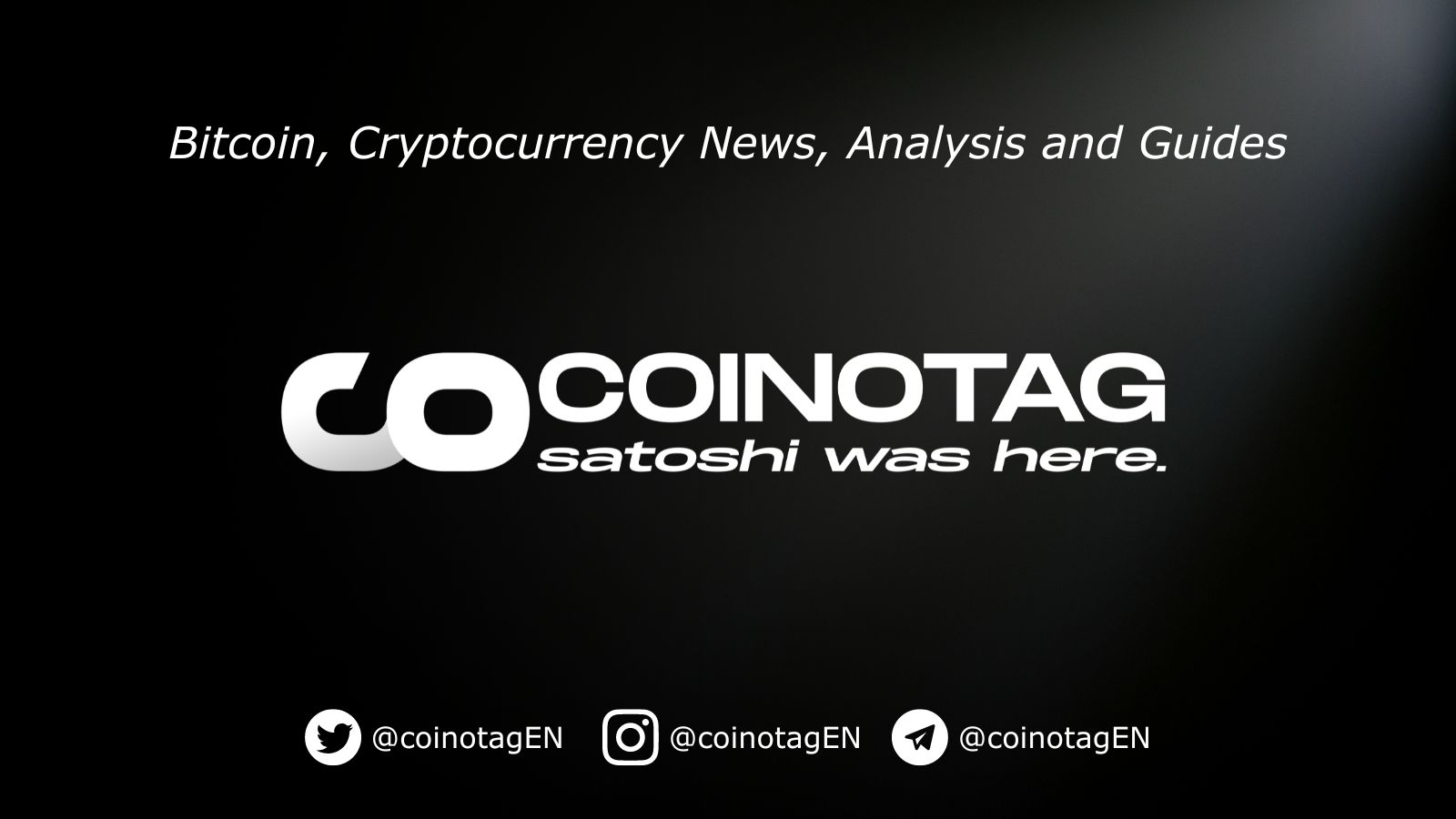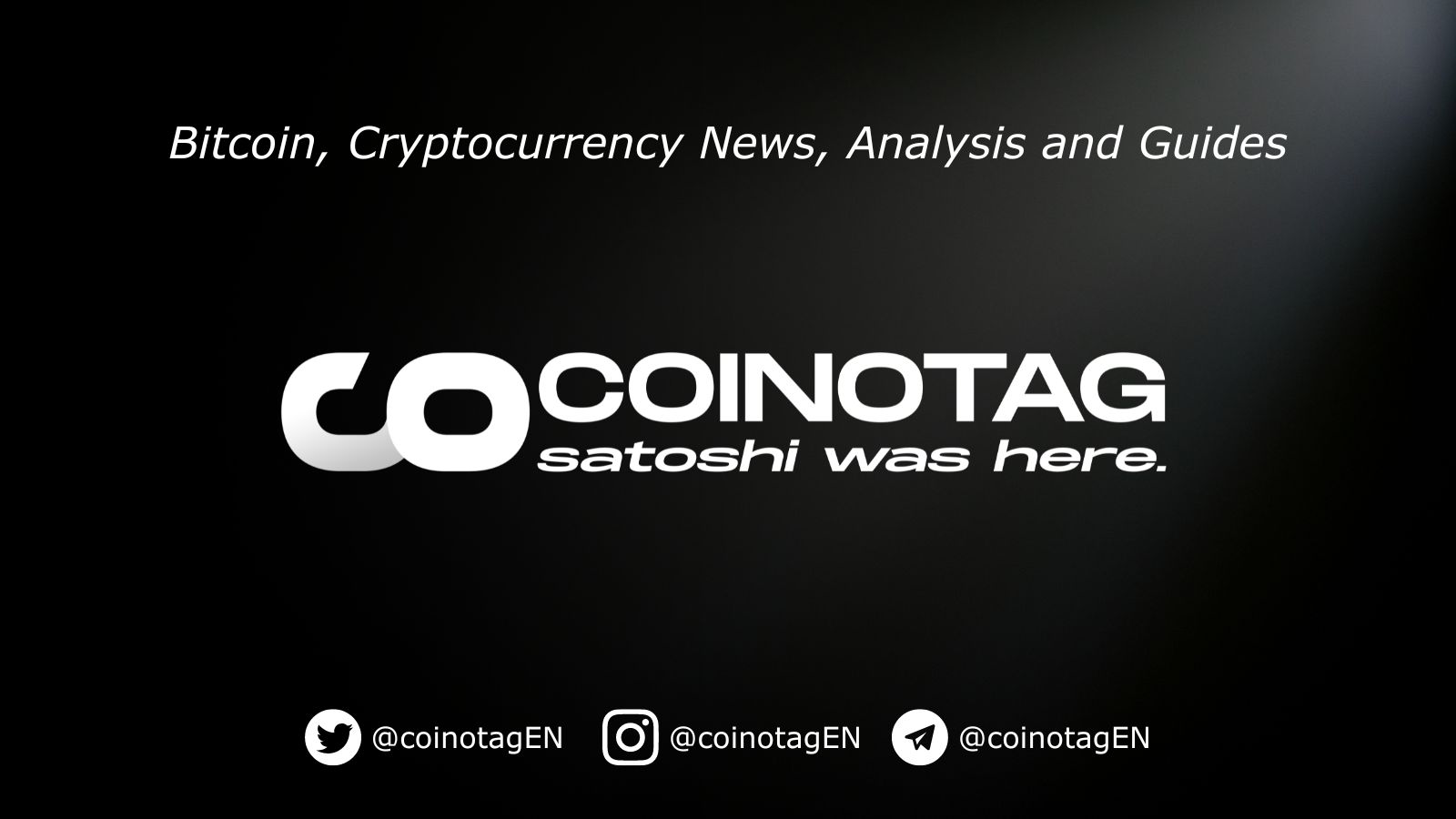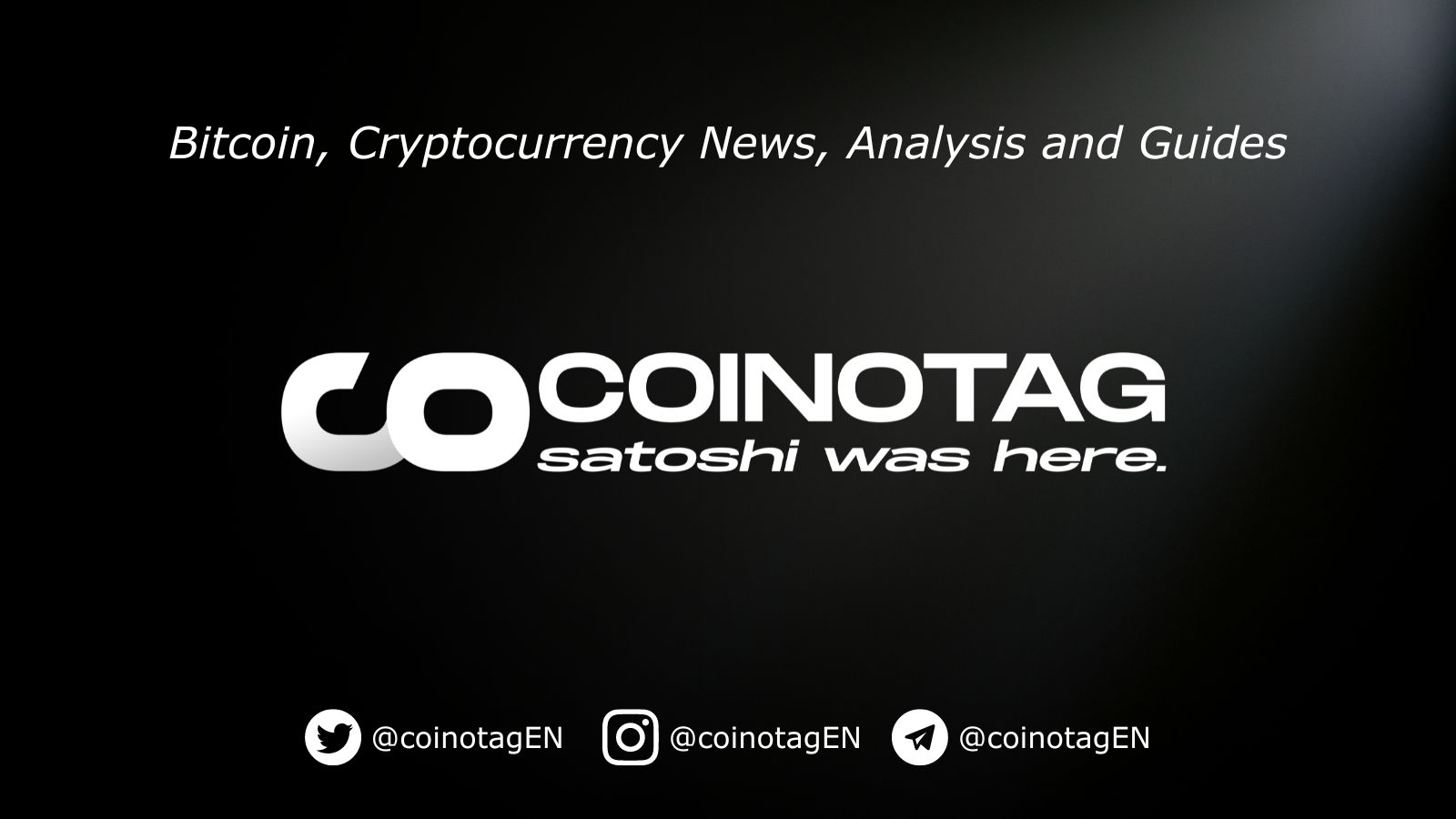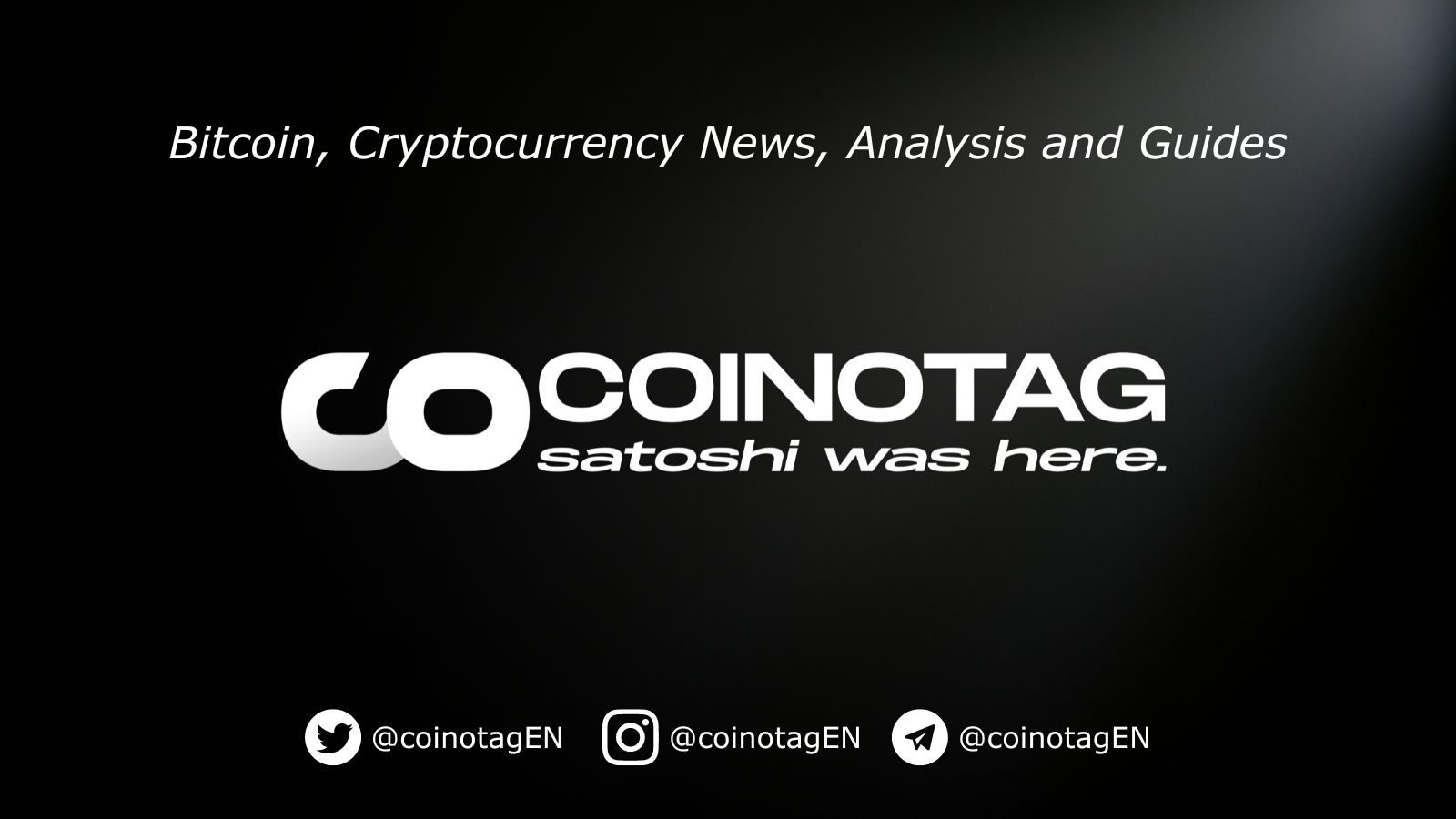
The period from March 28 to April 2 saw a sustained and intensified shift in investor interest toward the cryptocurrency market—once again, directed by the rise of memecoins . This time, however, the most attention was not only on these meme-styled assets but also on some of their more traditional sector cousins. To be sure, AI, more utility-driven tokens, and Bitcoin itself held relevance this past week; however, the two that captured most of the attention during this week were Dogecoin and Shiba Inu—each having its own unique, and largely unimpeachable, reason for loving them. Trends from March 28th to April 2nd Insight: Memecoins are currently driving more attention, they are the dominant trend. They were consistent every single day AI, utility tokens, and Bitcoin still remain relevant There are still interest in fundamental crypto technologies… pic.twitter.com/rCKW6eISbB — Stalkchain (@StalkHQ) April 2, 2025 Memecoins: The Dominant Trend in the Market The most prominent trend over the past week has been the supremacy of memecoins in the market. These tokens, typically propelled by community excitement and social media hype, have unfailingly drawn notice and business every single day from March 28 to April 2. The astounding amount of trading and the heightened activity in this sector underscore the growing fascination, especially with memecoins like $BONK, $WOULD, and #TITCOIN, which have exhibited ample net inflows during this time. The crypto landscape has seen the entry of memecoins, and while they don’t seem to carry the fundamental utility of more established cryptocurrencies, they offer the speculative opportunity for some short-term gains. The last week has seen these gain-train tokens gain some substantial inflows that are now being referred to as the entry of the smart money into the memecoin market. What does that tell us? Well, if we step back and assess the current situation involving both the price trends and the investors behind the price action, the smart money entry is certainly encouraging for the memecoin market. Smart Money Activity: $BONK and $WOULD Lead the Way During this time, one of the outstanding performers in the memecoin market has been $BONK. With substantial inflows, $BONK has captured the attention of smart money investors. The crisp confidence in $BONK is a clear sign that institutional investors see potential in this token, whether due to its community-led growth or its ability to get the people going again on social media. The strong inflows in $BONK aren’t just showing retail interest but also reflecting some serious institutional activity, which suggests that smart money believes this token is not done growing yet. Tokens such as $WOULD and #TITCOIN are also recording strong inflows, pointing to a rapidly increasing momentum and interest from investors. They are clearly part of a larger move into fun tokens like these and $DOGE by investors looking for new sources of return. That these inflows are happening at a time when not only are these tokens being embraced by users, but also by various meme-seeking, social media platforms, speaks in a big way to the reevaluation of meme tokens as a whole. It says to me that in the world of tokens, just being a fun one to hold could be a path to capital appreciation. Lower Interest in Some Memecoins: $ORE and $ALCH Attracting enormous interest, memecoins like $BONK, $WOULD, and #TITCOIN are not however, seeing a sustained level of activity. Their status and allure are far from stable. What is stable; however, is the fact that tokens such as $ORE and $ALCH are hovering at around a 0% net flow level of just under $20,000 and indicating a bear market for those tokens. Their communities or use cases have not reached prime time. Smart money has decided to stay away. Memecoins smart money are buying and their netflow for today Insights: Strong inflows into $BONK which means significant smart money confidence and activity #TITCOIN and $WOULD are seeing healthy inflows, indicating positive momentum. $ORE and $ALCH have relatively small net… pic.twitter.com/fPkl5Hn1kD — Stalkchain (@StalkHQ) April 2, 2025 For investors, inflow volume is an important signal that highlights which tokens are drawing the attention of more strategic, long-term investors and which are not. Memecoins with lower net flows could face a tougher road ahead in gaining traction since persistent market demand usually requires at least some token utility and since these tokens do not seem to generate anywhere near the same level of community engagement or market buzz as their more successful counterparts. Growing Interest in Tokens with Moderate Market Caps Another fascinating trend is the moderate market capitalization of tokens such as $GHIBLI and $W. Even though these tokens have relatively minor market caps when stacked next to more established players, they are seeing some nice net flows. This suggests that while they may not yet have the mainstream recognition or backing of larger projects, there is certainly growing interest in these tokens—interest that seems to be driven by their developing communities and/or unique value propositions. Moderate market cap tokens such as $GHIBLI and $W frequently attract early-stage investors who are willing to take a chance on them before they reach a broader market. For these investors, who increasingly are being referred to as “smart money,” these coins represent an opportunity to get in on projects that, while not widely known, could explode in value as their networks grow. The Role of Fundamental Cryptos Although memecoins rule the short-term landscape, fundamental cryptos, like AI tokens, utility-based assets, and Bitcoin, are still holding their ground. These sectors haven’t seen anywhere near the same level of explosive activity as the memecoin market, but they remain an important piece of the crypto ecosystem. Investors are still watching these assets, particularly those types with longer-term value propositions. For example, projects driven by AI and their associated utility tokens are set to offer long-term value, unlike most of the other crypto projects out there today. They solve real-world problems and are likely to form the backbone of the next generation of decentralized applications. Bitcoin is another story. Its price might be well below its all-time high, but it seems more entrenched than ever as a store of value and a hedge against inflation, especially in the current environment of macroeconomic uncertainty. Conclusion: A Mixed Crypto Landscape To conclude, the period spanning March 28 to April 2 saw an unmistakable surge in interest in memecoins, with intelligent investors diverting their resources into tokens such as $BONK, $WOULD, and #TITCOIN. It was almost surreal to see the amount of capital pouring into these tokens, which underscored just how speculative this part of the crypto market has become. We’ve said it before, and we’ll say it again: if you’re trading these sorts of assets, you’re doing it for the memes, not for any fundamental reason. Currently, while most of the market’s attention is on memecoins, a steady undercurrent of investor interest remains in the fundamental technologies that underlie much of crypto. Bitcoin, along with AI and utility tokens, is still seen as an integral part of the crypto ecosystem; many investors still see long-term value in them as revolutionizers of industry. For people in the crypto world, the secret will be to manage the rush of short-lived profits from memecoins with the steady, long-term wealth that comes from sound, fundamental technological investments. As the whole enterprise keeps developing, it will be ever more important for players to understand these movements and make them part of any decision-making process. Disclosure: This is not trading or investment advice. Always do your research before buying any cryptocurrency or investing in any services. Follow us on Twitter @nulltxnews to stay updated with the latest Crypto, NFT, AI, Cybersecurity, Distributed Computing, and Metaverse news !
NullTx
You can visit the page to read the article.
Source: NullTx
Disclaimer: The opinion expressed here is not investment advice – it is provided for informational purposes only. It does not necessarily reflect the opinion of BitMaden. Every investment and all trading involves risk, so you should always perform your own research prior to making decisions. We do not recommend investing money you cannot afford to lose.
Block Settles With NYDFS for $40M Over Cash App Compliance Failures
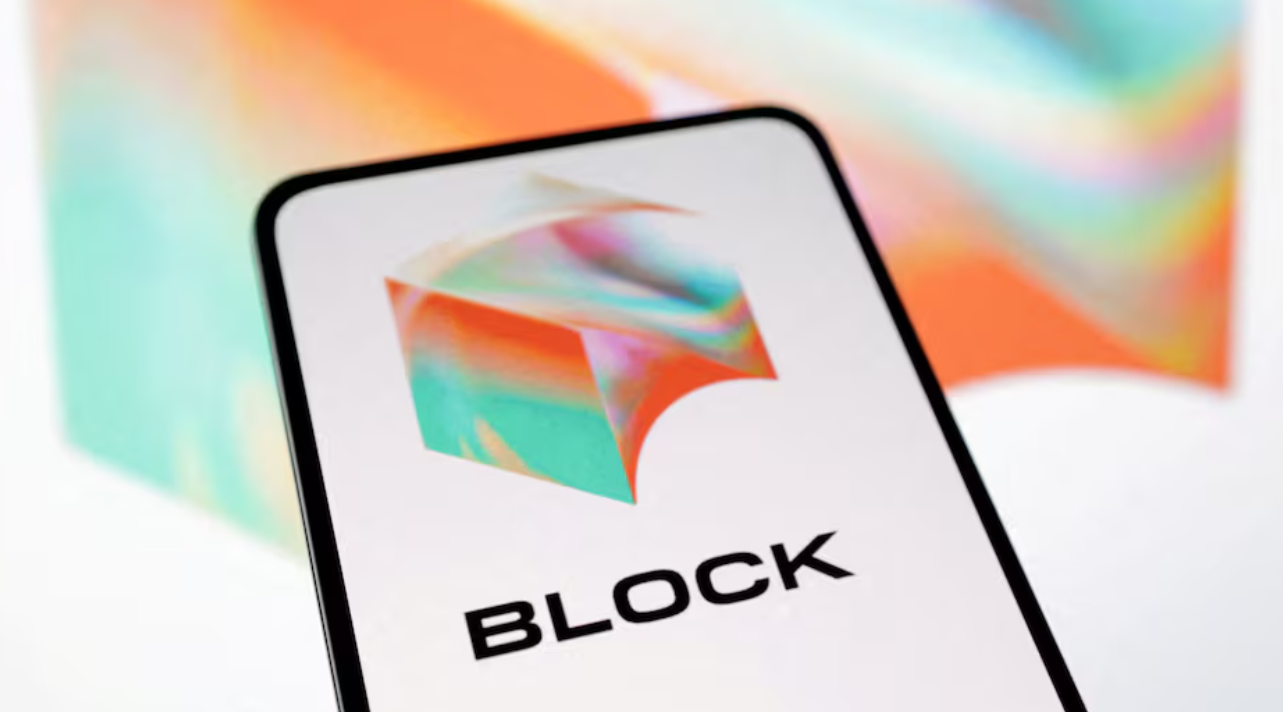
Block, Inc., a financial technology company formerly known as Square, has agreed to pay $40 million to the New York Department of Financial Services (NYDFS). The settlement comes after regulators uncovered serious weaknesses in the company’s anti-money laundering (AML) program. This is particularly true within its Cash App platform, which allows users to send money and buy Bitcoin (BTC). Cash App Expanded Without Adequate Compliance Measures According to the NYDFS, Block’s compliance systems did not grow with the company. As Cash App expanded and began offering Bitcoin services, the systems meant to detect and prevent illegal financial activity were not strong enough. Investigators found that high-risk Bitcoin transactions were processed without proper review, allowing users to move funds anonymously. The investigation also revealed that Block did not have enough controls to check customer identities or assess the risk of certain transactions. These are key requirements for financial companies operating in New York. Block To Employ Measures to Oversee Compliance Improvements Block must hire an independent monitor to review its compliance systems and report back to regulators as part of the settlement. This ensures the company makes the necessary improvements and follows all applicable laws. The $40 million payment addresses past violations, but it is not Block’s first time paying such a penalty. Earlier this year, Block paid $80 million to 48 other state regulators over similar AML failures. Block has now stated that this agreement with New York marks the end of all its pending investigations with state regulators. Block Responds to Settlement Block did not admit to any wrongdoing in the settlement. However, the company stated that it has taken steps to improve its AML program. According to a spokesperson, Block has invested heavily in compliance resources. It was revealed the company had made necessary changes to strengthen its financial oversight, particularly within Cash App’s Bitcoin services. This case shows how important it is for financial technology companies to maintain strong compliance systems, especially when handling cryptocurrencies. As companies grow and expand their services, their responsibility to prevent money laundering and other financial crimes increases. New York and U.S. Regulators continue holding private firms and exchanges accountable. This is to ensure the safety and integrity of the financial system. The post Block Settles With NYDFS for $40M Over Cash App Compliance Failures appeared first on TheCoinrise.com . NullTx
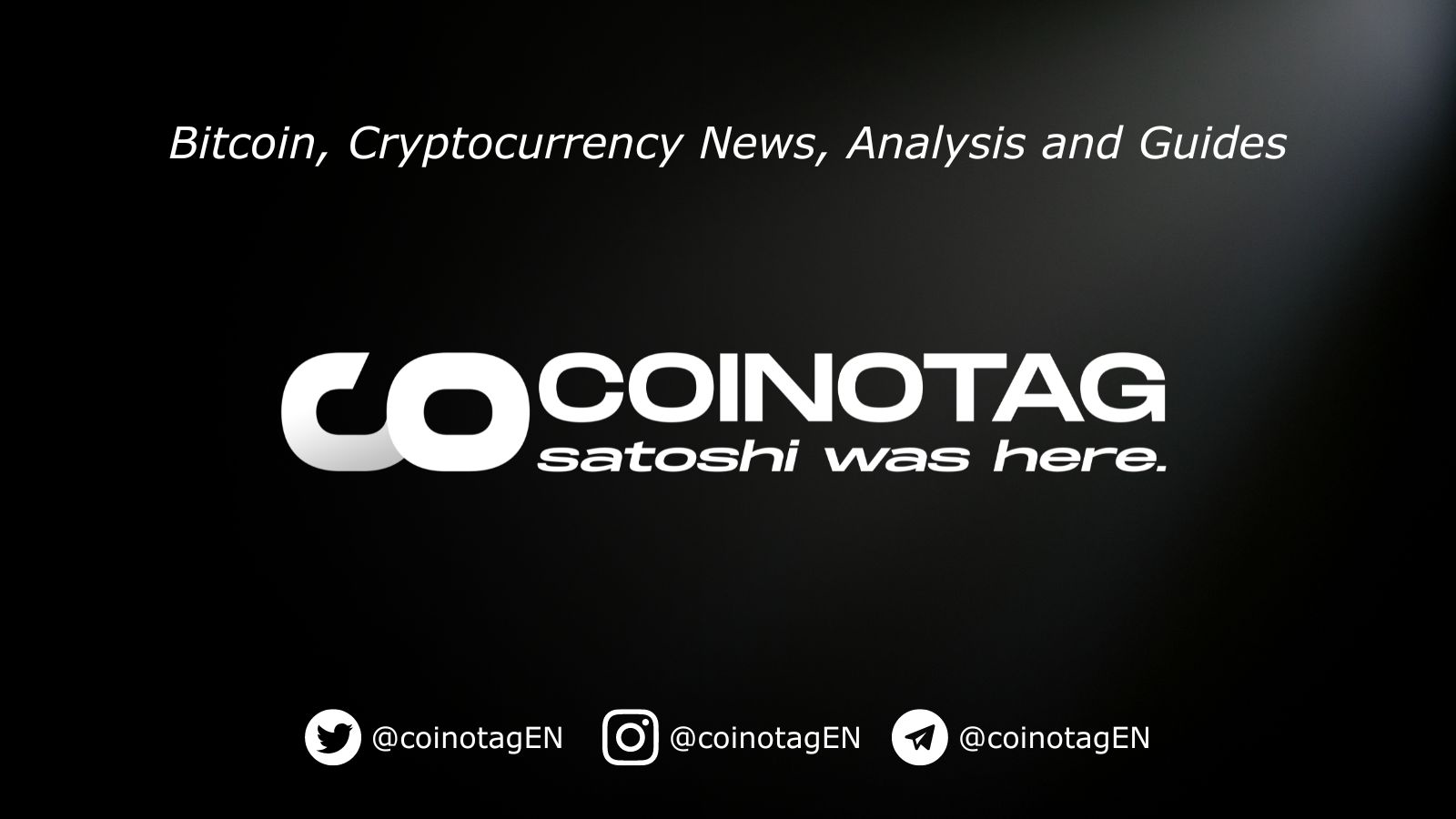
Potential BTC Recovery Hinges on U.S.-China Tariff Outcomes
The ongoing U.S.-China tariff tensions are casting shadows over Bitcoin’s (BTC) performance, with potential implications for its market momentum. In light of recent developments, analysts suggest a resolution could either NullTx

